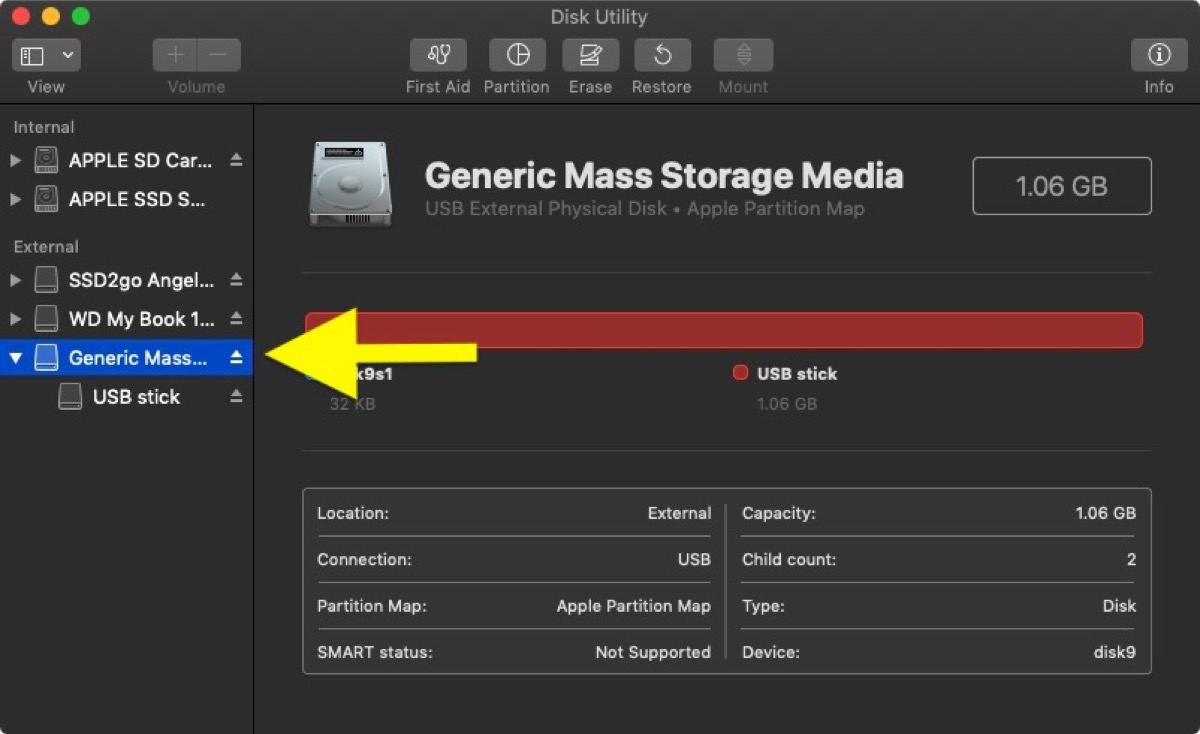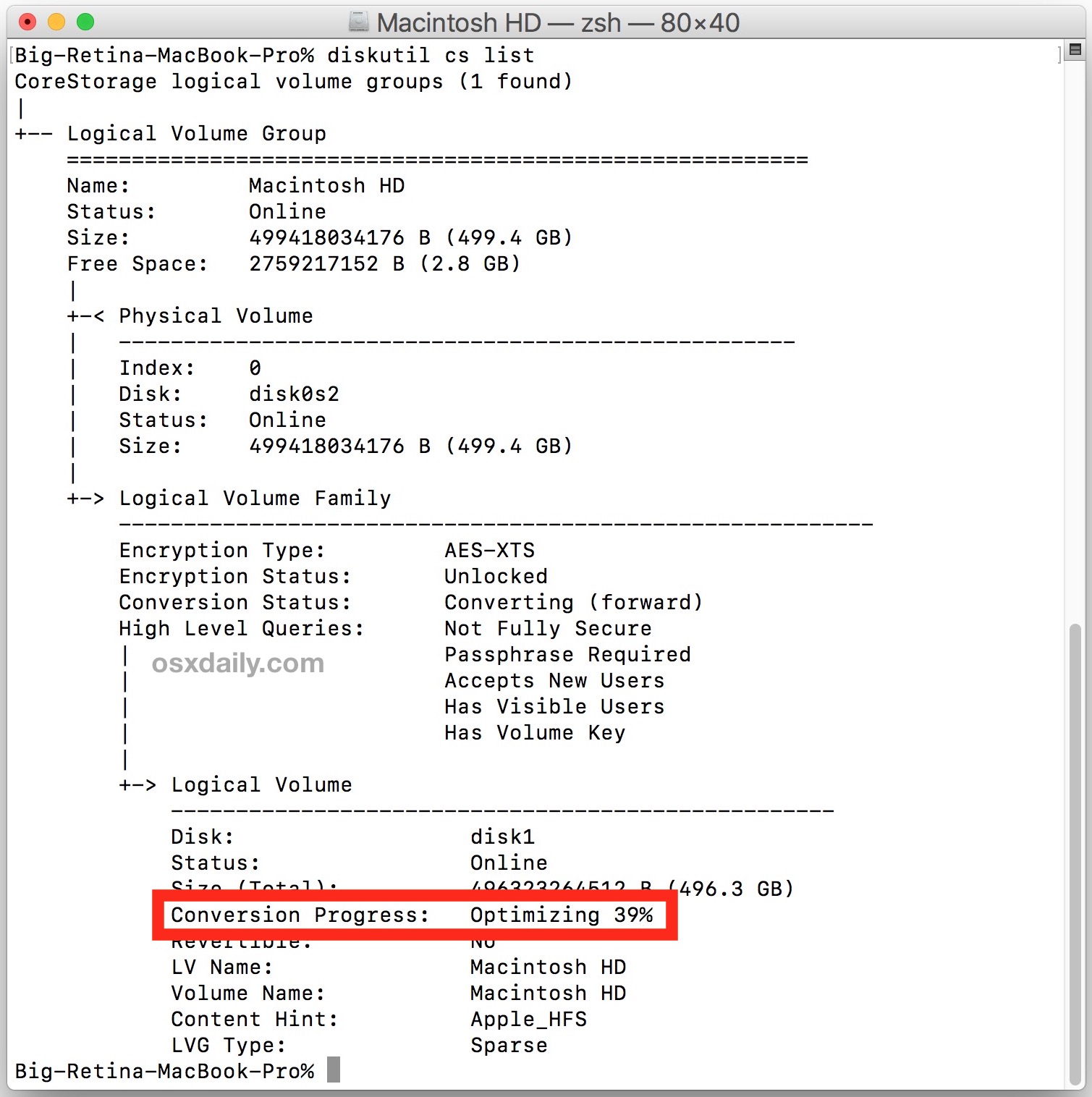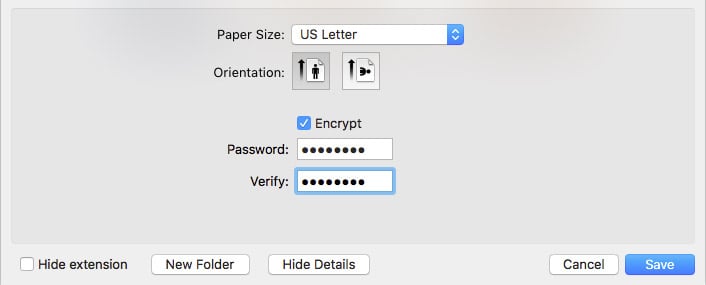

Double-click to open it - you'll need to type in the password to complete the process. You can share the file just as you would any other one.


Keep the letters and numbers of the key somewhere safe - other than on your encrypted startup disk. If you rather not use iCloud FileVault recovery, you can create a local recovery key.
#Line for mac encryption how to
There are various ways to choose how to unlock your Mac and reset your password when using FileVault. User accounts that you add after turning on FileVault are automatically enabled.Īssuming you're Mac is using OS X Yosemite or later, you can choose to use your iCloud account to unlock your disk and reset your password. For each user, click the Enable User button and enter the user's password. If there's more than one account on your Mac, you'll need to type in the password for those users on the next screen, or they won't be able to unlock the disk. Enter an administrator name and password.Click the lock icon at the bottom left.Go into System Preferences on your Mac.


 0 kommentar(er)
0 kommentar(er)
